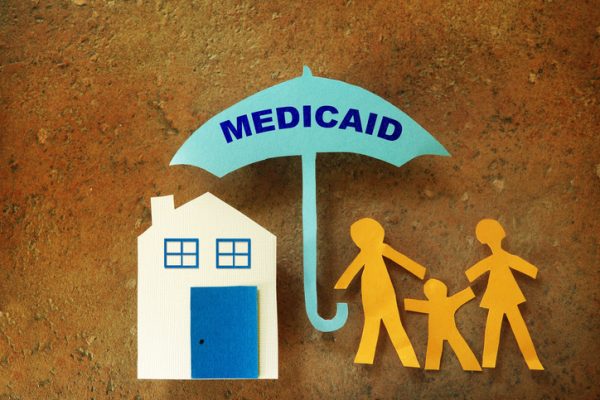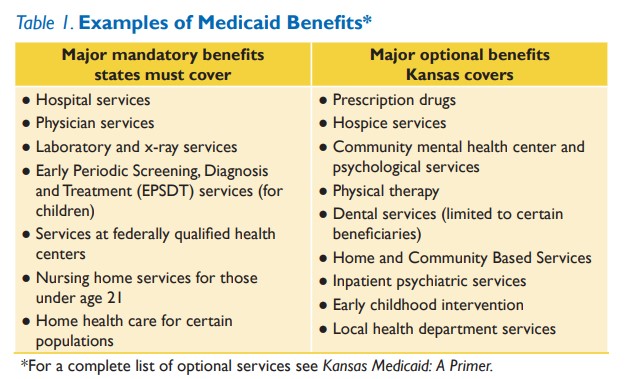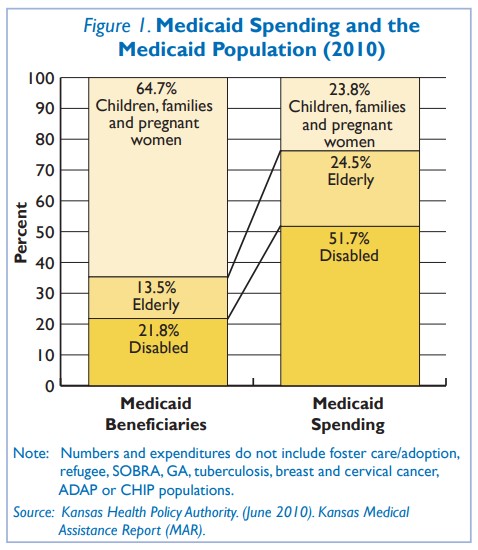Introduction
Medicaid is one of the most significant programs administered by state government. It covers the cost of health services for more than 300,000 Kansans. Its $2.8 billion total cost — $1.1 billion of which comes from the State General Fund (SGF) — makes it the state’s second largest annual program expenditure, trailing only public education.
The Brownback administration is working on a plan to reduce the cost of Medicaid, which it will propose to the 2012 Legislature. This fact sheet provides a basic overview of Medicaid and how it operates in Kansas. For more detailed information, please consult Kansas Medicaid: A Primer, available at www.khi.org.
Medicaid in Kansas
Kansas jointly administers and funds the Medicaid program with the federal government. It is essentially a public health insurance program for low-income and disabled individuals who meet specific eligibility criteria.
-
- The federal government does not require states to offer Medicaid but all 50 states have chosen to do so.
- The federal government determines the minimum eligibility requirements for Medicaid and specifies the services it must cover. States may choose to expand eligibility and to provide optional services. Examples of those mandatory and optional services are provided in Table 1.


